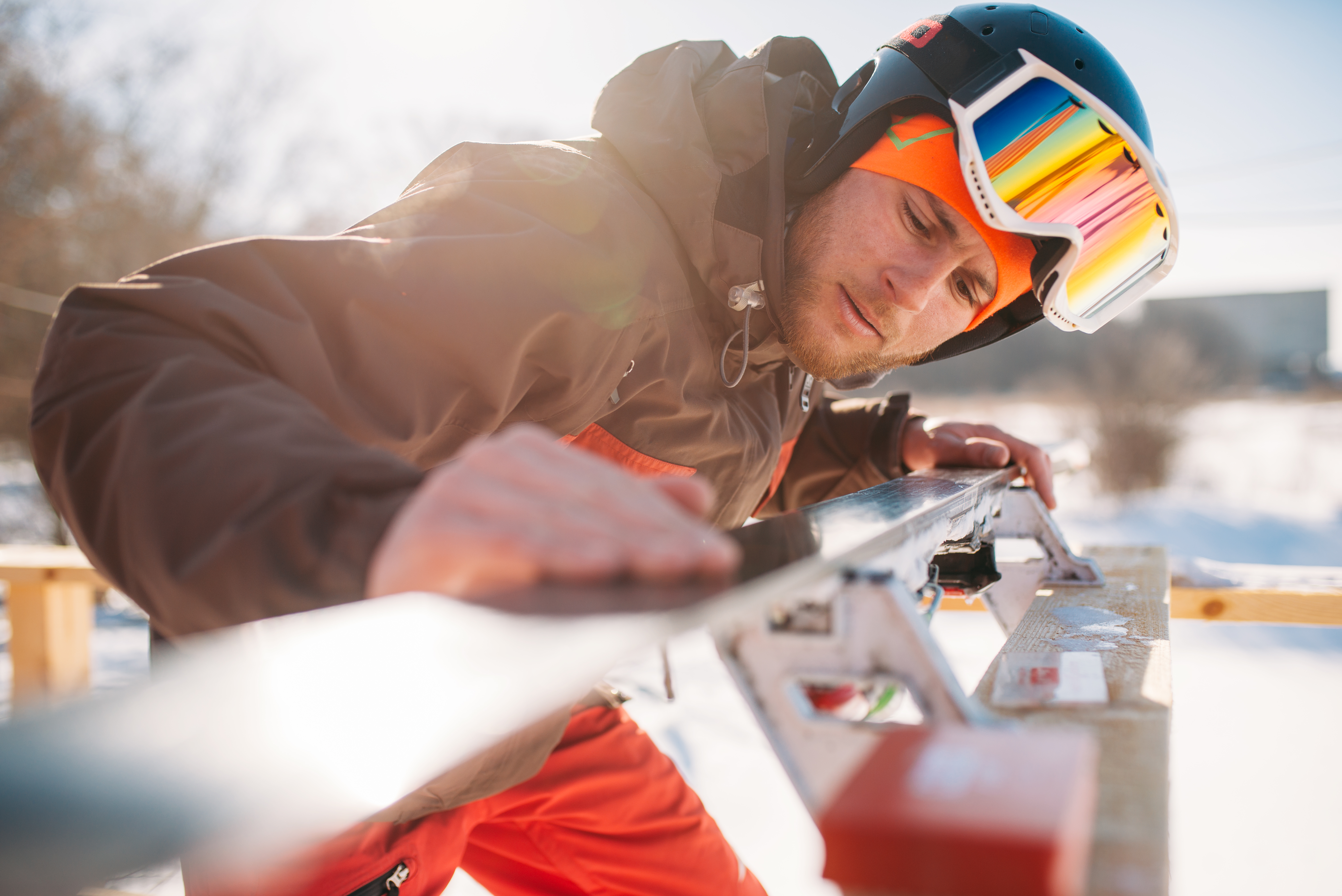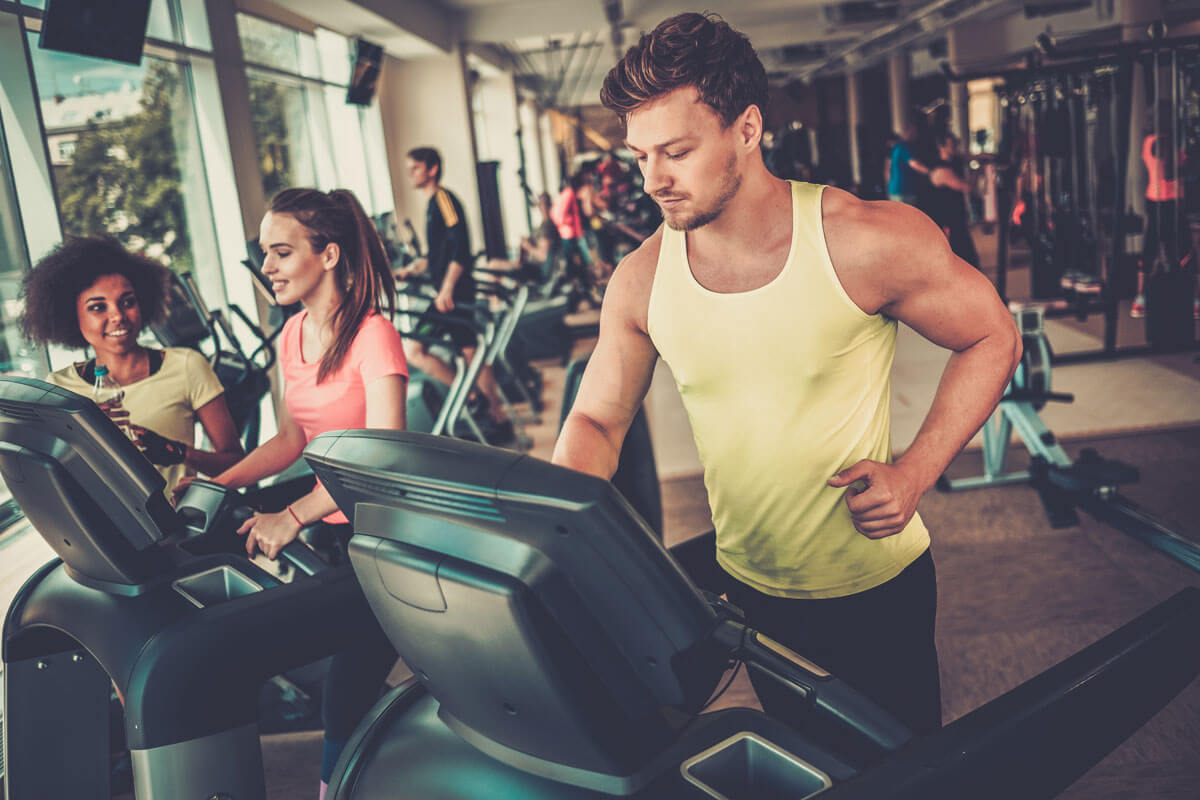
Your Winter Sports Nutrition Guide
Your Winter Sports Nutrition Guide
If you are a winter athlete, you want to pay careful attention to your sports diet. Otherwise, lack of food and fluids can take the fun out of your outdoor activities. These tips can help you fuel wisely for cold weather workouts.
Winter Hydration Tips
Failing to drink enough fluids is a major mistake. A study comparing the hydration status of athletes who skied or played football or soccer, reported the skiers had the highest rate of chronic dehydration. Before a competition, 11 of the 12 alpine skiers showed up dehydrated.

Some winter athletes purposefully skimp on fluids to minimize the need to urinate. There’s no doubt that undoing layer after layer of clothing (ski suit, hockey gear, etc.) can be a hassle. Yet dehydration hurts performance and is one cause of failed mountaineering adventures.

Cold blunts the thirst mechanism; you’ll feel less thirsty despite significant sweat loss and may not “think to drink.”
Winter athletes (especially those skiing at high altitudes) need to consciously consume fluids to replace the water vapor that gets exhaled via breathing. When you breathe in cold dry air, your body warms and humidifies that air. As you exhale, you lose significant amounts of water. You can see this vapor (“steam”) when you breathe.
Unless you are hot, you do not want to drink icy water (i.e., from a water bottle kept on your bike or outside pocket of your pack). Cold water can cool you off and give you the chills. The better bet is having an insulated water bottle or a bottle filled with a hot sports drink, then covered with a wool sock to help retain the heat.
Dress in layers so you sweat less. Sweaty clothing drains body heat. As the weather becomes “tropical” inside your exercise outfit, make the effort to strip down. You’ll stay drier and warmer. Simply taking off a hat is cooling—30 to 40 percent of body heat is lost through the head.
Your Winter Sports Nutrition Guide: Winter Fuel Tips
You need adequate pre-exercise fuel to generate body heat. Hence, you want to fuel-up before you embark on winter exercises, particularly before you ski, run outside, or embark on any outdoor activity in extreme cold.
Food’s overall warming effect is known as thermogenesis (that is, “heat making”). Your body generates about 10 percent more heat after eating than on an empty stomach. Eating not only provides fuel but also increases heat production (warmth).
Aerobic workouts can increase your metabolism by seven to 10 times above the resting level. So if you were to exercise hard for an hour and dissipate no heat, you could cook yourself in the process. In the summer, your body sweats heavily to dissipate this heat. But in the winter, the warmth helps you survive in a cold environment. Exercise is an excellent way to warm up in the winter.
Your Winter Sports Nutrition Guide
If you become chilled during winter exercise (or even when swimming), you’ll likely find yourself searching for food. A drop in body temperature stimulates the appetite and you experience hunger. Your body wants fuel to “stoke the furnace” so it can generate heat.
For safety, you should always carry some source of emergency food (such as an energy bar) with you in case you slip on the ice or experience some incident that leaves you static in a frigid environment. Winter campers, for example, commonly keep a supply of dried fruit, chocolate, or cookies within reach, in case they wake up cold in the middle of the night.
More information in our blog.







